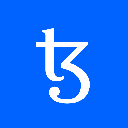-
 Bitcoin
Bitcoin $118800
0.58% -
 Ethereum
Ethereum $3813
6.89% -
 XRP
XRP $3.529
2.75% -
 Tether USDt
Tether USDt $1.000
-0.01% -
 BNB
BNB $755.1
3.06% -
 Solana
Solana $183.0
2.98% -
 USDC
USDC $0.9997
-0.01% -
 Dogecoin
Dogecoin $0.2670
9.75% -
 Cardano
Cardano $0.8748
5.90% -
 TRON
TRON $0.3192
0.08% -
 Hyperliquid
Hyperliquid $47.26
5.01% -
 Stellar
Stellar $0.4763
2.59% -
 Sui
Sui $4.001
5.68% -
 Chainlink
Chainlink $19.68
8.62% -
 Hedera
Hedera $0.2796
3.70% -
 Bitcoin Cash
Bitcoin Cash $550.9
9.05% -
 Avalanche
Avalanche $25.39
6.47% -
 Shiba Inu
Shiba Inu $0.00001557
5.68% -
 Litecoin
Litecoin $117.7
15.59% -
 UNUS SED LEO
UNUS SED LEO $8.975
-0.11% -
 Toncoin
Toncoin $3.315
4.44% -
 Polkadot
Polkadot $4.581
7.41% -
 Uniswap
Uniswap $10.84
7.11% -
 Pepe
Pepe $0.00001451
10.27% -
 Ethena USDe
Ethena USDe $1.001
0.00% -
 Monero
Monero $327.5
0.06% -
 Bitget Token
Bitget Token $5.018
2.63% -
 Dai
Dai $0.9999
0.00% -
 Aave
Aave $334.4
5.21% -
 Bittensor
Bittensor $432.3
3.73%
What is the consensus mechanism in blockchain? What are the common types?
The consensus mechanism is vital for blockchain integrity, with PoW offering security at high energy cost, while PoS and DPoS provide energy-efficient alternatives.
Apr 28, 2025 at 12:28 am

The consensus mechanism is a critical component of blockchain technology, ensuring that all participants in a decentralized network agree on the state of the ledger. This mechanism is essential for maintaining the integrity and security of the blockchain, as it prevents double-spending and ensures that transactions are valid and recorded accurately. Essentially, the consensus mechanism determines how nodes in the network reach an agreement on the next block to be added to the chain.
Proof of Work (PoW)
Proof of Work (PoW) is one of the earliest and most widely recognized consensus mechanisms, famously used by Bitcoin. In PoW, miners compete to solve complex mathematical puzzles, and the first to solve the puzzle gets the right to add a new block to the blockchain. This process requires significant computational power, which in turn provides security to the network. The downside of PoW is its high energy consumption, as miners need powerful hardware to compete effectively.
Proof of Stake (PoS)
Proof of Stake (PoS) is another popular consensus mechanism that aims to address the energy inefficiency of PoW. In PoS, the creator of a new block is chosen based on the number of coins they hold and are willing to "stake" as collateral. This method is less energy-intensive because it does not require solving computational puzzles. Instead, validators are selected to create new blocks based on their stake in the network, which incentivizes them to act honestly to protect their investment.
Delegated Proof of Stake (DPoS)
Delegated Proof of Stake (DPoS) is a variation of PoS that introduces a voting system. In DPoS, token holders vote for a small number of delegates who are responsible for validating transactions and creating new blocks. This system is designed to be more democratic and efficient, as it reduces the number of nodes needed to secure the network. However, it also introduces a level of centralization, as the power to validate transactions is concentrated among a few elected delegates.
Practical Byzantine Fault Tolerance (PBFT)
Practical Byzantine Fault Tolerance (PBFT) is a consensus mechanism often used in permissioned blockchains. PBFT is designed to achieve consensus in a network where up to one-third of the nodes can be faulty or malicious. The process involves multiple rounds of voting among nodes, ensuring that a majority agreement is reached before a new block is added. This method is more efficient than PoW and PoS in terms of energy consumption and transaction speed, but it requires a known set of participants, making it less suitable for public blockchains.
Directed Acyclic Graphs (DAGs)
Directed Acyclic Graphs (DAGs) represent a different approach to consensus, where transactions are not grouped into blocks but are instead linked directly to each other. This structure allows for higher scalability and faster transaction processing, as multiple transactions can be confirmed simultaneously. However, DAGs can be more complex to implement and may face challenges in achieving the same level of security as traditional blockchains.
Each of these consensus mechanisms has its strengths and weaknesses, and the choice of which to use depends on the specific requirements of the blockchain network. PoW offers robust security but at a high energy cost, while PoS and its variants provide a more energy-efficient alternative. PBFT is suitable for permissioned networks requiring high efficiency, and DAGs offer scalability and speed at the potential cost of complexity.
How Consensus Mechanisms Impact Blockchain Performance
The choice of consensus mechanism significantly impacts the performance of a blockchain network. PoW, for instance, can lead to slower transaction times due to the computational effort required to solve puzzles. This can result in longer confirmation times, which may not be suitable for applications requiring real-time processing. On the other hand, PoS and DPoS can offer faster transaction speeds because they do not rely on computational puzzles, making them more suitable for applications needing quick transaction confirmations.
PBFT, being designed for permissioned networks, can achieve high transaction throughput due to its efficient voting process. However, this comes at the cost of requiring a known set of participants, which limits its use in public, permissionless networks. DAGs, with their ability to process multiple transactions simultaneously, can offer even higher throughput, making them attractive for applications requiring high scalability.
Security Considerations in Consensus Mechanisms
Security is a paramount concern in blockchain networks, and the consensus mechanism plays a crucial role in ensuring the integrity of the system. PoW's security is derived from the computational difficulty of solving puzzles, making it highly resistant to attacks. However, the concentration of mining power in the hands of a few large pools can pose a risk of 51% attacks, where a single entity controls the majority of the network's mining power.
PoS and DPoS aim to enhance security by tying it to economic incentives. In PoS, validators have a financial stake in the network, which discourages malicious behavior. DPoS adds a layer of democracy by allowing token holders to vote for validators, potentially increasing the security through community involvement. However, both mechanisms can be vulnerable to "nothing at stake" attacks, where validators might vote for multiple blockchain forks without incurring significant costs.
PBFT's security is based on the assumption that less than one-third of the nodes are malicious. This makes it robust against Byzantine faults but requires careful management of the network's participants. DAGs, while offering high scalability, can face challenges in maintaining the same level of security as traditional blockchains, particularly in ensuring the integrity of the transaction links.
Environmental Impact of Consensus Mechanisms
The environmental impact of consensus mechanisms, particularly PoW, has become a significant concern in recent years. PoW's high energy consumption is due to the need for powerful mining hardware, which often relies on fossil fuels. This has led to criticism of PoW-based cryptocurrencies like Bitcoin for their carbon footprint.
PoS and its variants offer a more environmentally friendly alternative, as they do not require the same level of computational power. By basing the consensus on the stake rather than computational work, these mechanisms significantly reduce the energy required to secure the network. PBFT and DAGs also have lower energy requirements, making them more sustainable options for blockchain networks.
Frequently Asked Questions
Q: Can a blockchain use multiple consensus mechanisms?
A: Yes, some blockchains use hybrid consensus mechanisms that combine elements of different methods to leverage their strengths. For example, a blockchain might use PoW for initial security and then transition to PoS for ongoing operation, balancing security with energy efficiency.
Q: How does the choice of consensus mechanism affect decentralization?
A: The choice of consensus mechanism can significantly impact the level of decentralization in a blockchain. PoW and PoS can be designed to be highly decentralized, but in practice, they can lead to concentration of power among a few large miners or stakeholders. DPoS introduces a level of centralization by electing a small number of delegates, while PBFT requires a known set of participants, which inherently limits decentralization.
Q: Are there any consensus mechanisms that are resistant to 51% attacks?
A: While no consensus mechanism is completely immune to attacks, some are designed to be more resistant to 51% attacks. PoS and DPoS, for instance, use economic incentives to deter such attacks, as malicious actors would need to control a majority of the network's stake, which is costly. PBFT's design also makes it resistant to a certain degree, as long as less than one-third of the nodes are malicious.
Q: How do consensus mechanisms handle network forks?
A: Consensus mechanisms handle network forks differently. In PoW, the longest chain rule is typically used, where the chain with the most cumulative proof of work is considered valid. PoS and DPoS rely on economic incentives to prevent forks, as validators have a financial interest in maintaining a single, unified chain. PBFT uses voting to achieve consensus, which can help prevent forks by ensuring a majority agreement. DAGs, with their structure, can handle multiple concurrent chains, but ensuring the integrity of the network in the face of forks can be challenging.
Disclaimer:info@kdj.com
The information provided is not trading advice. kdj.com does not assume any responsibility for any investments made based on the information provided in this article. Cryptocurrencies are highly volatile and it is highly recommended that you invest with caution after thorough research!
If you believe that the content used on this website infringes your copyright, please contact us immediately (info@kdj.com) and we will delete it promptly.
- Iron Maiden: Music Legends Celebrate 50 Years with Royal Mint Coin
- 2025-07-21 00:30:13
- BlockDAG, TIA, LTC: Unveiling the Latest Crypto Buzz
- 2025-07-21 00:50:12
- Ethereum Layer-2 Meme Coins: Little Pepe's Big Leap?
- 2025-07-21 00:30:13
- MoonBull, Crypto, and BOME Gains: Riding the Meme Coin Wave to 100x?
- 2025-07-21 00:50:12
- Bitcoin, ETH, and the Trader Target: Decoding the Crypto Landscape
- 2025-07-21 01:10:14
- Solana's TVL Growth: Riding the Cryptocurrency Wave
- 2025-07-21 01:10:14
Related knowledge
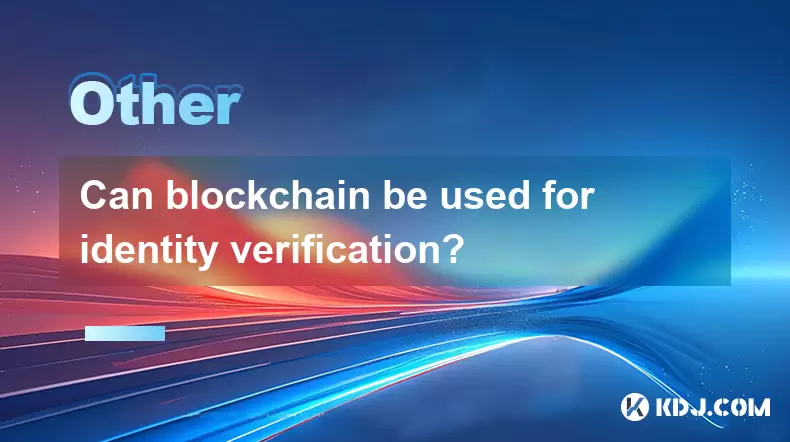
Can blockchain be used for identity verification?
Jul 18,2025 at 02:14pm
Understanding Identity Verification in the Digital AgeIn the modern digital landscape, identity verification has become a critical component for ensur...
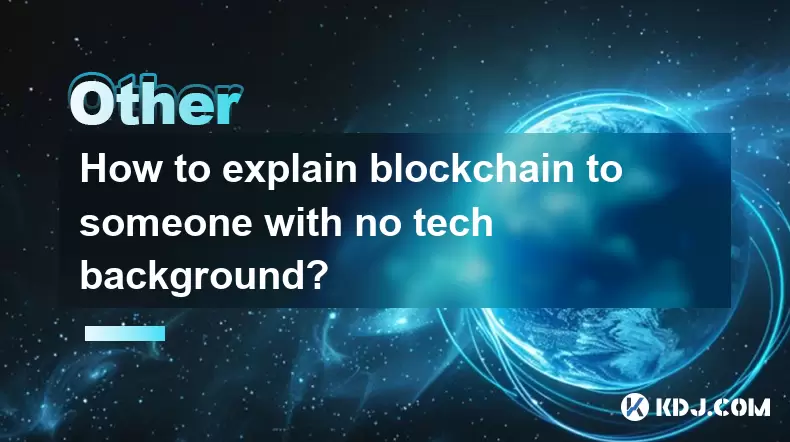
How to explain blockchain to someone with no tech background?
Jul 18,2025 at 11:08pm
Understanding the Basics of BlockchainTo explain blockchain to someone with no tech background, it's essential to start with simple analogies and avoi...
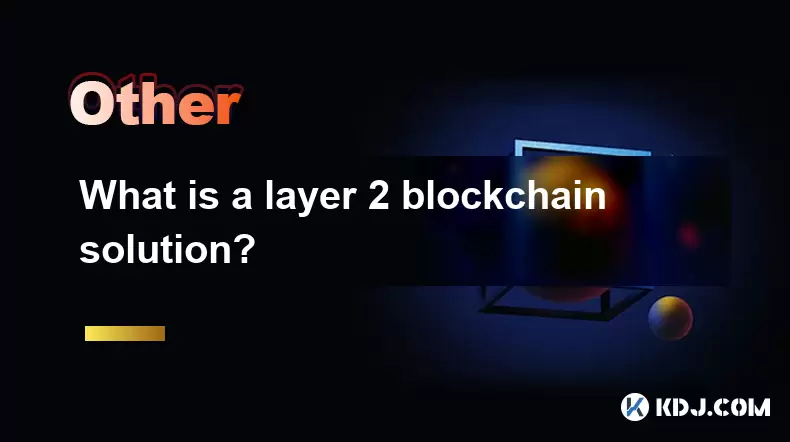
What is a layer 2 blockchain solution?
Jul 20,2025 at 01:42am
Understanding the Concept of Layer 2 BlockchainA layer 2 blockchain solution refers to a secondary framework or protocol built on top of an existing b...
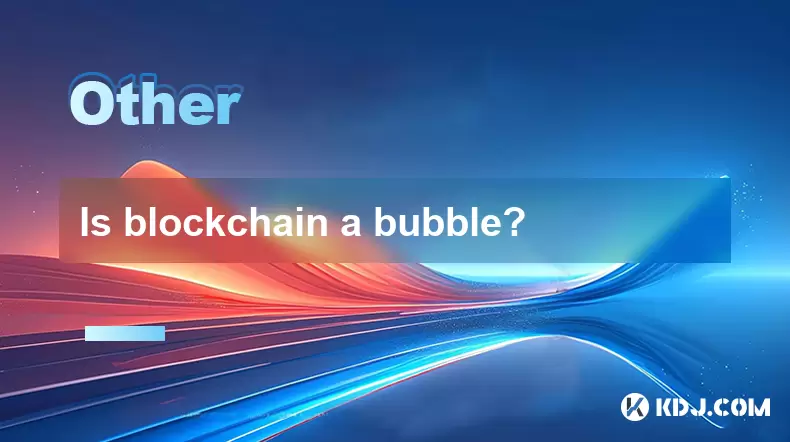
Is blockchain a bubble?
Jul 20,2025 at 06:49am
Understanding the Concept of a BubbleA bubble in financial terms refers to a situation where the price of an asset rises far above its intrinsic value...
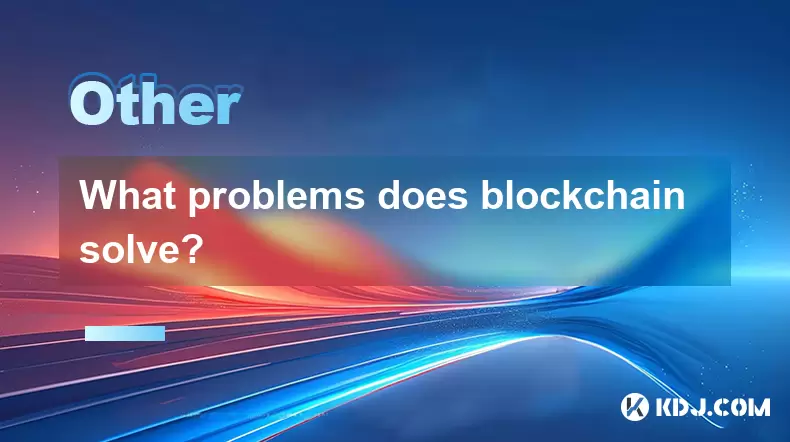
What problems does blockchain solve?
Jul 19,2025 at 12:01pm
Decentralization and Trustless SystemsBlockchain technology fundamentally addresses the issue of centralized control and trust in traditional systems....
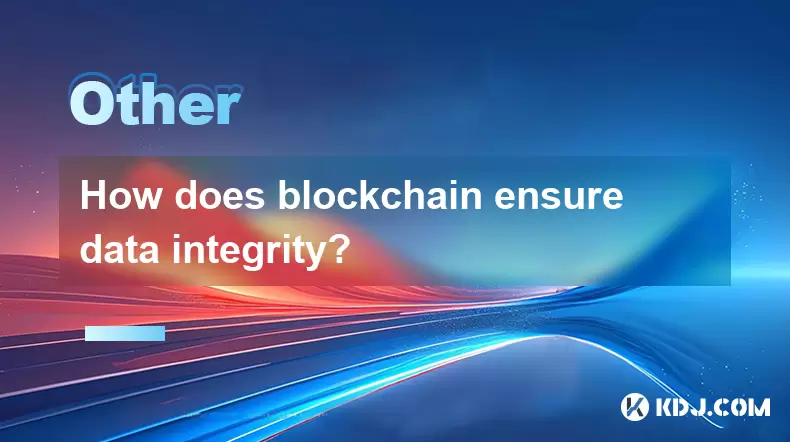
How does blockchain ensure data integrity?
Jul 19,2025 at 08:14pm
Understanding Data Integrity in BlockchainData integrity refers to the accuracy and consistency of data throughout its lifecycle. In the context of bl...

Can blockchain be used for identity verification?
Jul 18,2025 at 02:14pm
Understanding Identity Verification in the Digital AgeIn the modern digital landscape, identity verification has become a critical component for ensur...

How to explain blockchain to someone with no tech background?
Jul 18,2025 at 11:08pm
Understanding the Basics of BlockchainTo explain blockchain to someone with no tech background, it's essential to start with simple analogies and avoi...

What is a layer 2 blockchain solution?
Jul 20,2025 at 01:42am
Understanding the Concept of Layer 2 BlockchainA layer 2 blockchain solution refers to a secondary framework or protocol built on top of an existing b...

Is blockchain a bubble?
Jul 20,2025 at 06:49am
Understanding the Concept of a BubbleA bubble in financial terms refers to a situation where the price of an asset rises far above its intrinsic value...

What problems does blockchain solve?
Jul 19,2025 at 12:01pm
Decentralization and Trustless SystemsBlockchain technology fundamentally addresses the issue of centralized control and trust in traditional systems....

How does blockchain ensure data integrity?
Jul 19,2025 at 08:14pm
Understanding Data Integrity in BlockchainData integrity refers to the accuracy and consistency of data throughout its lifecycle. In the context of bl...
See all articles




















































































